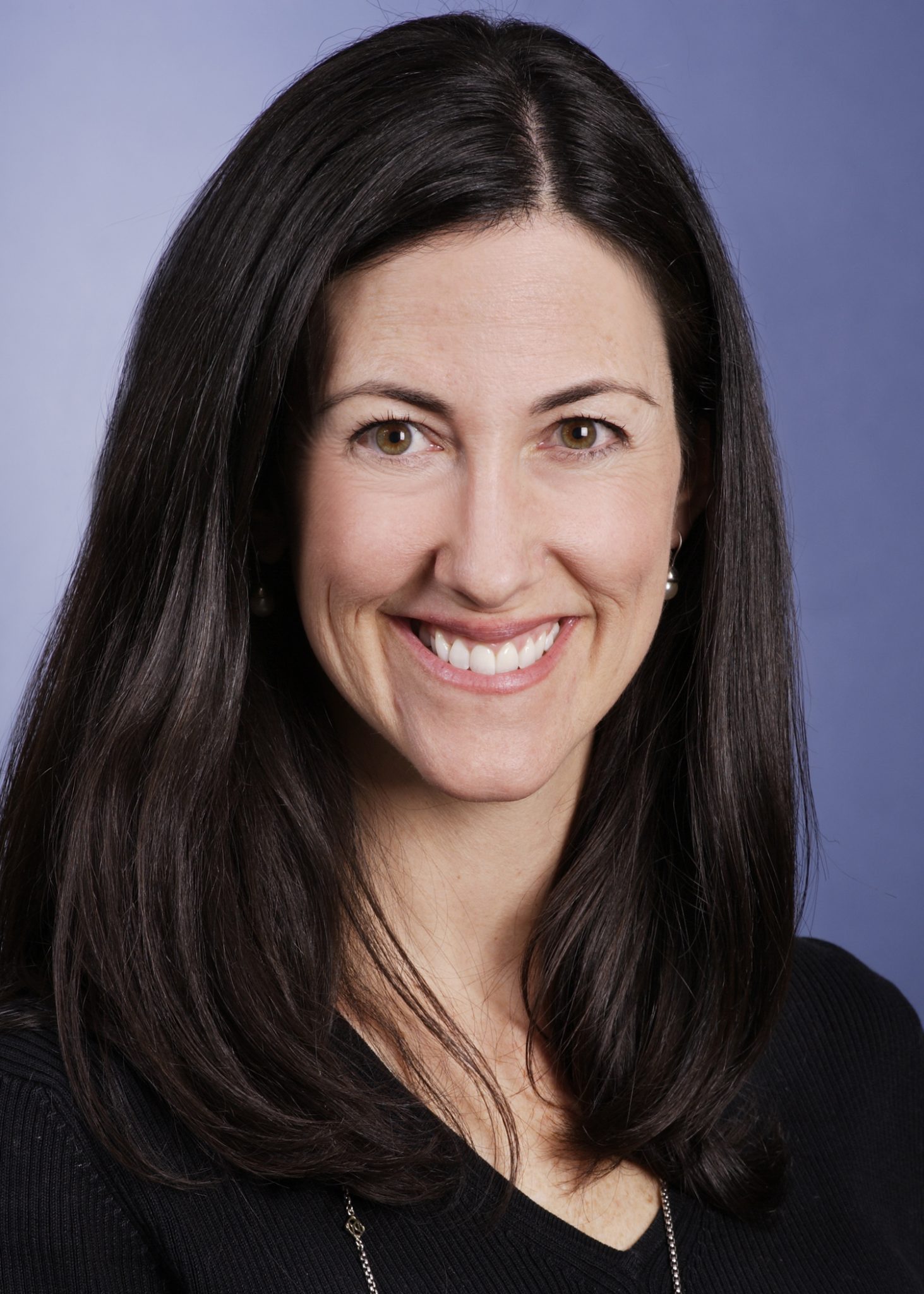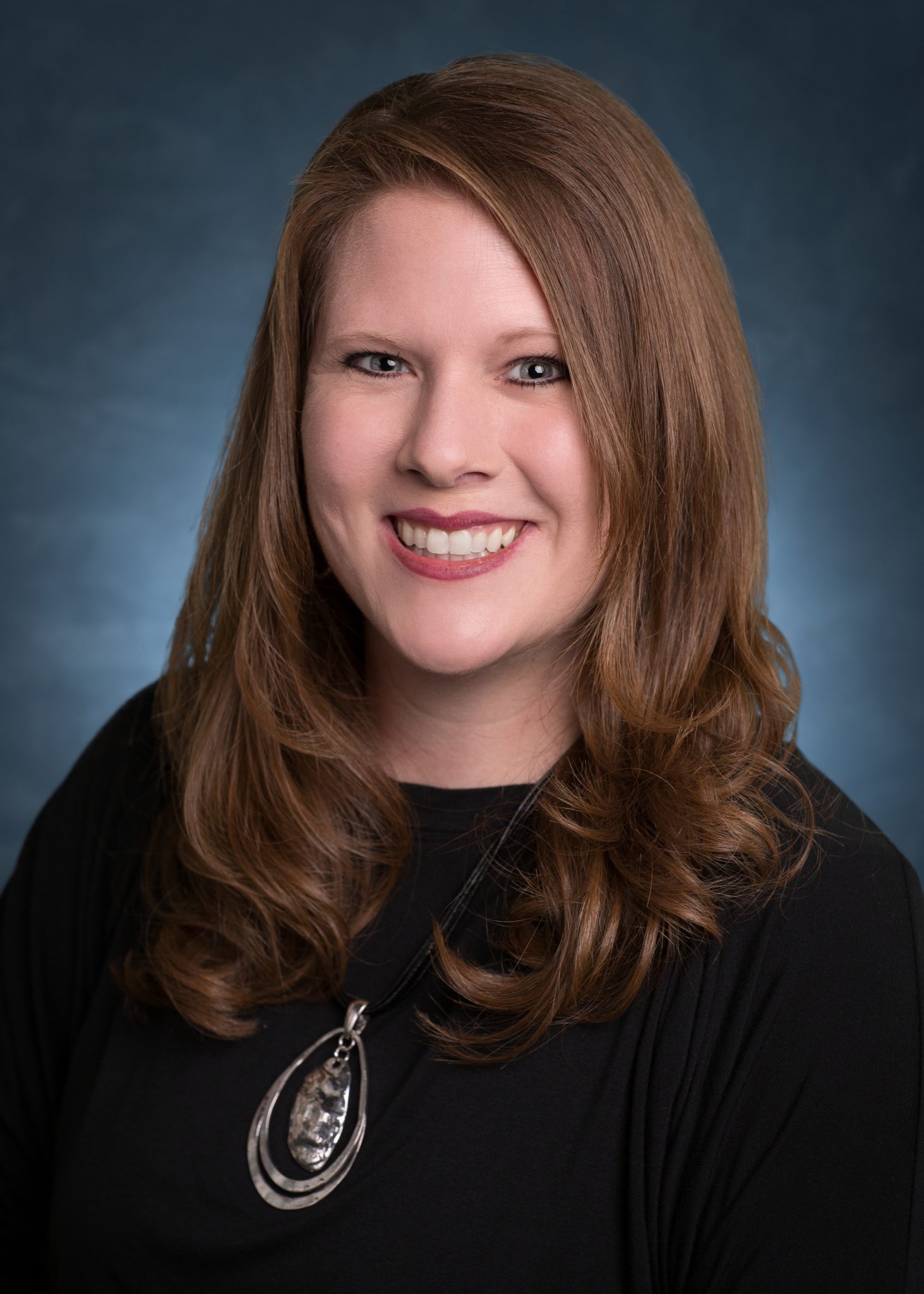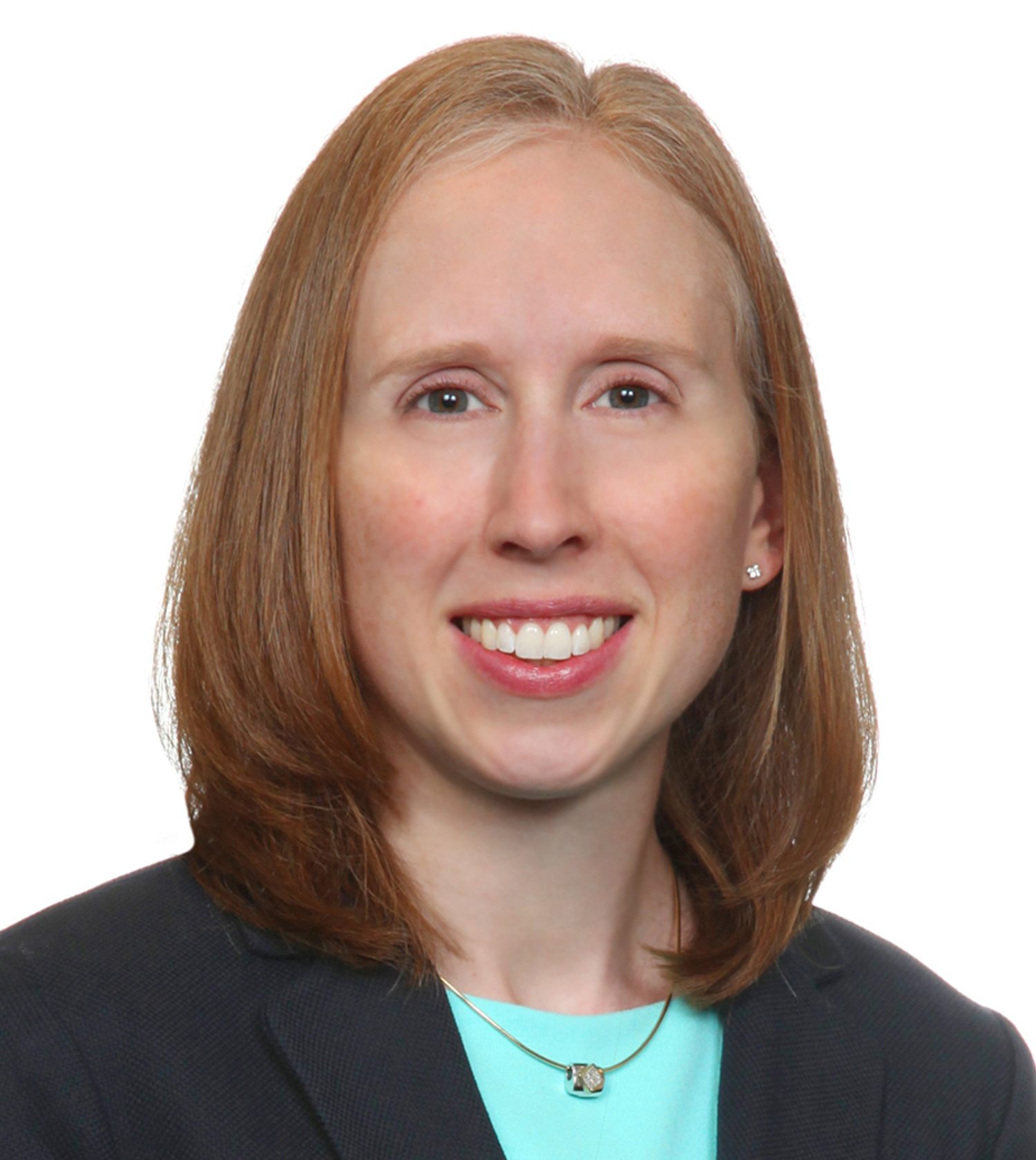The Spotlight on Flex showcases professionals from member organizations who exemplify personal and professional success while working a flexible schedule. Their stories illustrate the long-term benefits that flexible schedules offer to both individuals and organizations.
This month, we are pleased to share insights from Jessica Brown, Partner, in the Denver, CO Office of Gibson Dunn & Crutcher.
 Diversity & Flexibility Alliance: How have you made flexibility a priority and a success through your career?
Diversity & Flexibility Alliance: How have you made flexibility a priority and a success through your career?
Jessica Brown: It’s almost surprising to me, but I’ve been at the firm for more than 22 years. I was a summer associate here, clerked for a judge after graduating from law school, and then started as an associate in January 1995.
I made partner effective 2002, had my first child in 2006, and started working a reduced hours schedule in 2007. There have been times when I’ve been working full time hours or traveling extensively, and I have to be able to roll with that. I never expect to work reduced hours on a daily or weekly basis but rather over the course of the year. Fortunately, I have an incredible support system through my husband, our nanny, and the firm.
I’m in the office every day, and I’m required to bill 1300 hours per year. I don’t adhere to a set schedule because I don’t know how that could work in a client services industry. You could have an “aspirational schedule,” where you choose to be off or work from home a certain day of the week, but it’s important to be flexible about your flexibility. Work priorities won’t always align with your schedule, and you have to adjust seamlessly.
For me, working every day makes sense because I’m always busy, though not always with billable work. I recently reviewed my hours for the past five years and was amazed to find that I worked almost the exact same number of total hours each year. The only thing that fluctuated was the ratio of my billable hours to my non-billable (e.g., community service and pro bono) hours.

 Diversity & Flexibility Alliance: How have you made flexibility a priority and a success through your career?
Diversity & Flexibility Alliance: How have you made flexibility a priority and a success through your career? 
 Diversity & Flexibility Alliance: How have you made flexibility a priority and a success through your career?
Diversity & Flexibility Alliance: How have you made flexibility a priority and a success through your career? Diversity & Flexibility Alliance: How have you made flexibility a priority and a success through your schedule?
Diversity & Flexibility Alliance: How have you made flexibility a priority and a success through your schedule?  Diversity & Flexibility Alliance: How have you made flexibility a priority and a success through your schedule?
Diversity & Flexibility Alliance: How have you made flexibility a priority and a success through your schedule? Diversity & Flexibility Alliance: How have you made flexibility a priority and a success through your schedule?
Diversity & Flexibility Alliance: How have you made flexibility a priority and a success through your schedule? Diversity & Flexibility Alliance: How have you made flexibility a priority and a success through your schedule?
Diversity & Flexibility Alliance: How have you made flexibility a priority and a success through your schedule? Diversity & Flexibility Alliance: How have you made flexibility a priority and a success with your career?
Diversity & Flexibility Alliance: How have you made flexibility a priority and a success with your career?